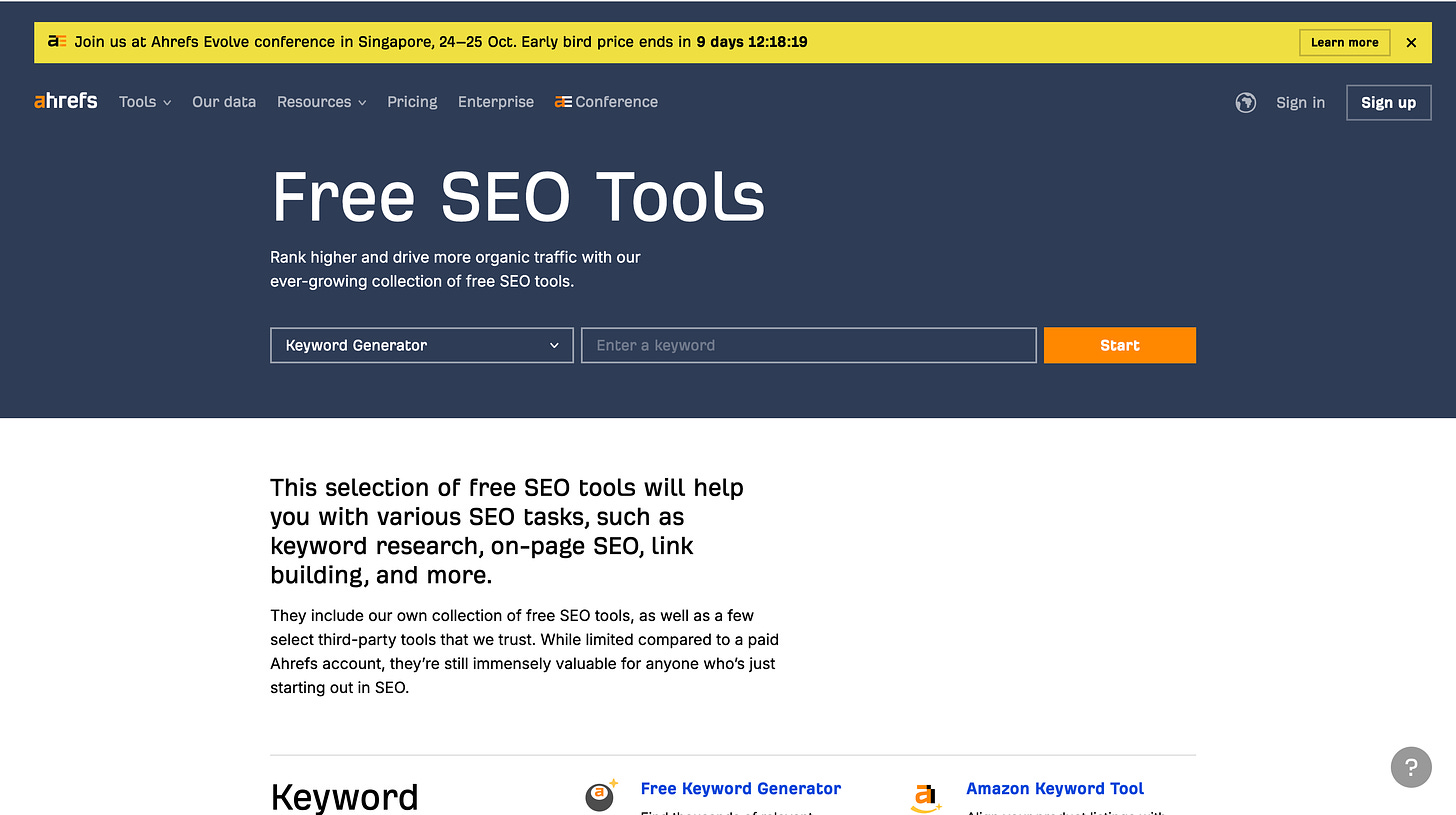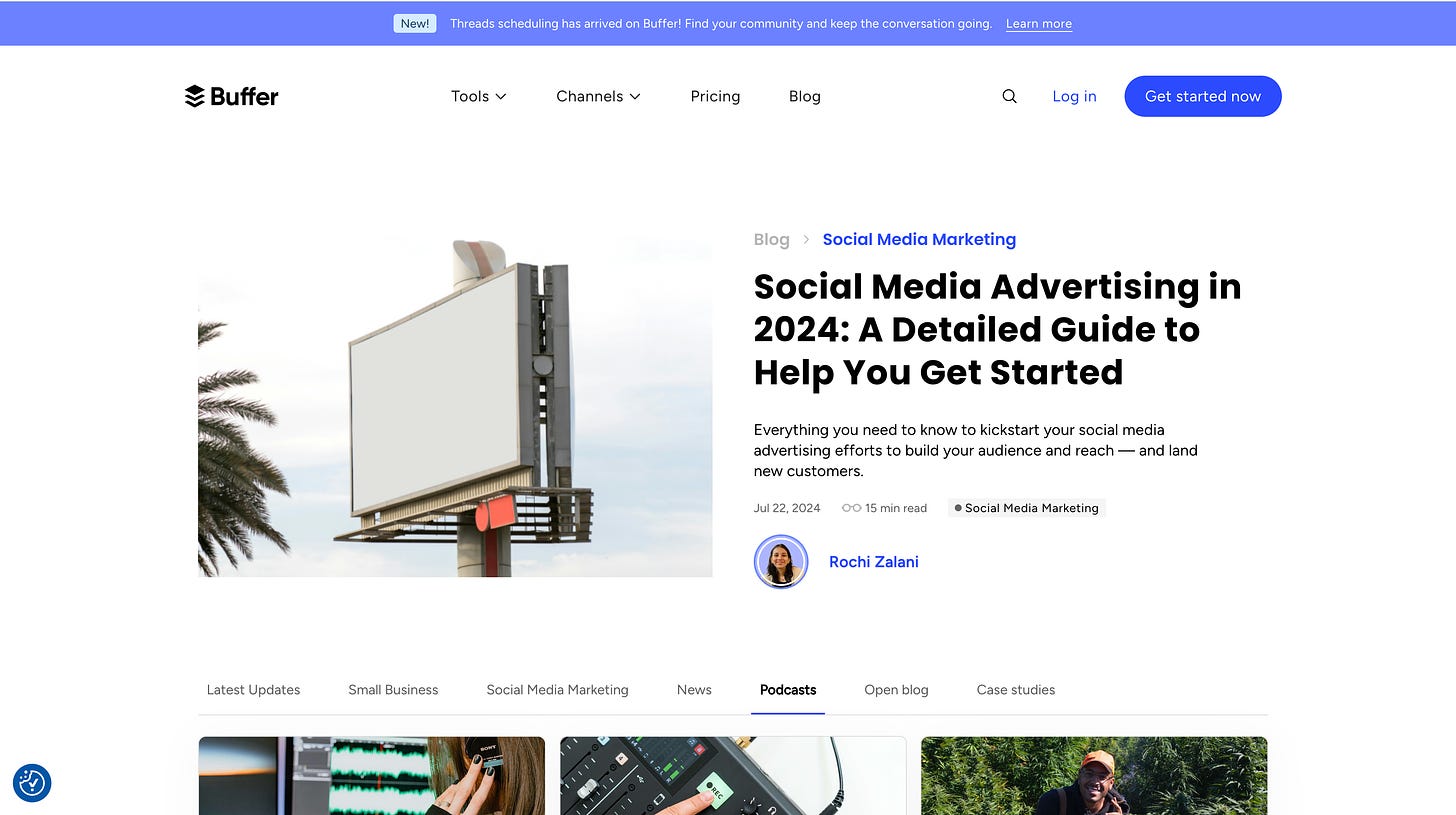Use these marketing strategies if you are just starting out!
Proven marketing strategies to help you gain initial momentum

A lot of us builders find it easy to build products but marketing these products can be a different ball game all together
You have already created a product, but how do you reach your customers. This is the place where most of us either suck at or just quit
Embarking on this journey of creating a software product, digital course, or any digital product can be thrilling but the thrill can die down if not marketed effectively.
Once your creation is ready, the real challenge begins—marketing it effectively.
If you are an indie hackers or a digital product creator(or you are hoping to be one day), I am sharing some proven strategies that can help you kickstart your marketing efforts. I have also listed out some examples of success stories that can inspire you.
1. Leverage Your Network and Communities
When you're just starting out, your immediate network and relevant communities can be goldmines for initial traction. Share your product with friends, family, and professional connections. Participate actively in online communities where your target audience hangs out, such as forums, Reddit, or niche Facebook groups.
Example: Pieter Levels, the creator of Nomad List, shared his progress and updates on platforms like Hacker News and Reddit. By being an active part of these communities, he garnered a loyal following and initial user base .
2. Build in Public
Transparency can be a powerful tool. Sharing your journey, challenges, and milestones can create a sense of connection and trust with your audience. Use platforms like Twitter, LinkedIn, or even a dedicated blog to document your progress.
I recently interviewed Bhanu Teja, who sold his product Feather.so for 250K$ who started his journey by documenting his building process. In fact the idea of notion to blog came to him while he was documenting his journey on notion but had no way to convert it into blog. Listen to the whole episode here:
Another example is of Jon Yongfook, the founder of Bannerbear, who built his SaaS in public by regularly sharing updates on Twitter. This not only attracted followers interested in his journey but also potential users and customers who felt invested in his success .
3. Offering Free Value
Providing free value can attract attention and build goodwill. This could be in the form of a free trial, free resources, or valuable content. It's a great way to demonstrate your expertise and the value of your product.
For example, if you are just starting out with offering services, you can recruit 3-4 users/ clients to whom you can offer your service for free in exchange for a testimonial or feedback. This way you get a headstart in building a trust & credibility for your work.
An example of providing Free value in SaaS is Ahrefs, an SEO tool, that offers a wealth of free resources, including detailed blog posts and tutorials. They have free tools for conducting keyword research, checking domain authority, SERP checker etc.,
By giving a free offering and educating their audience, they establish themselves as an authority and are able to attract customers who trust their expertise .
4. Partner with Influencers and Affiliates
Collaborating with influencers or setting up an affiliate program can extend your reach. Influencers in your niche can introduce your product to their audience, while affiliates can help drive sales through their networks.
Example: ConvertKit, an email marketing tool, grew significantly through partnerships with influencers in the blogging and entrepreneurial space. Their affiliate program incentivized influencers to promote their product, driving growth and brand awareness .
5. Utilize Content Marketing
Content marketing is a long-term strategy that involves creating valuable content to attract and engage your audience. This could include blog posts, videos, podcasts, or social media content.
Example: Buffer, a social media management tool, used content marketing to grow their user base. They consistently published high-quality blog posts about social media strategies, which attracted readers who eventually became users .
6. Utilizing the Power of Email Marketing
Building an email list early on can be incredibly valuable. Email marketing allows you to communicate directly with potential customers, nurture leads, and promote your product.
Example: Nathan Barry, the founder of ConvertKit, used email marketing to grow his audience even before launching his product. By offering valuable content and engaging with his subscribers, he built a loyal audience that was ready to convert into customers .
7. Run Limited-Time Promotions
Creating a sense of urgency can drive action. Limited-time promotions or special offers can encourage people to try your product sooner rather than later.
Example: AppSumo, a platform for software deals, often runs limited-time promotions for new products. These deals create a buzz and drive a surge of initial users, helping products gain traction quickly .
Marketing your digital product doesn't have to be overwhelming. By leveraging your network, building in public, offering free value, partnering with influencers, utilizing content and email marketing, and running promotions, you can effectively reach your target audience and grow your user base. Remember, every successful product started somewhere—these strategies can help you build the momentum you need to succeed.




